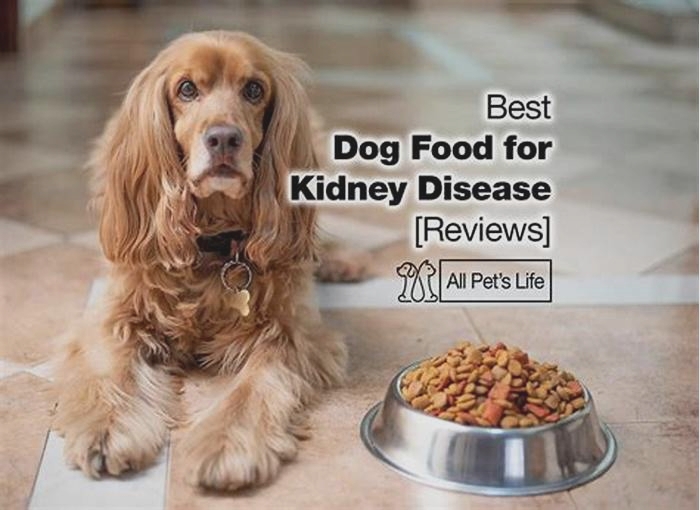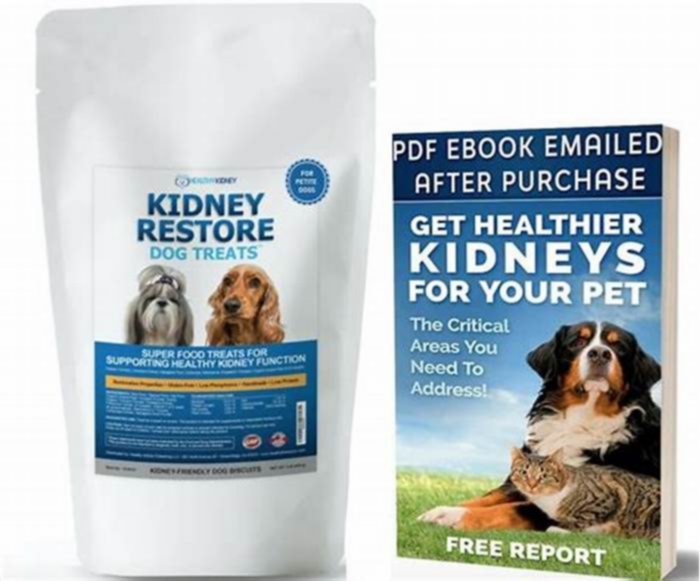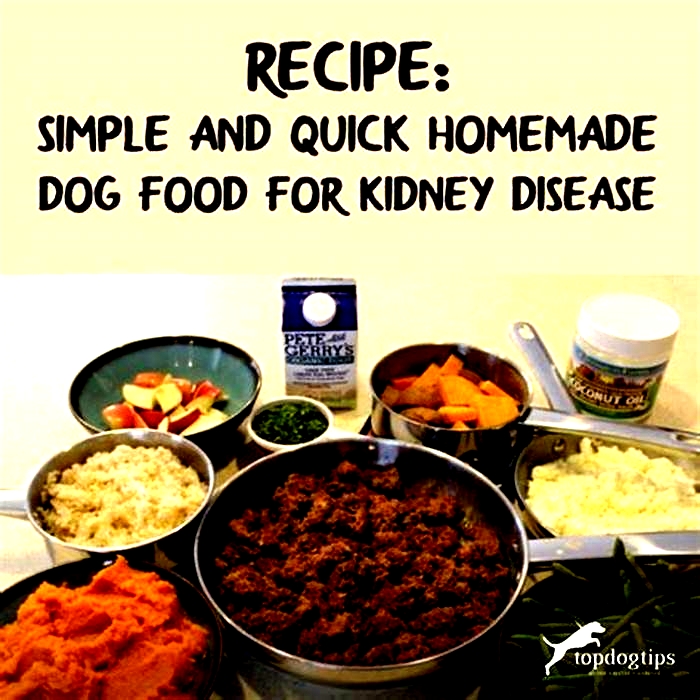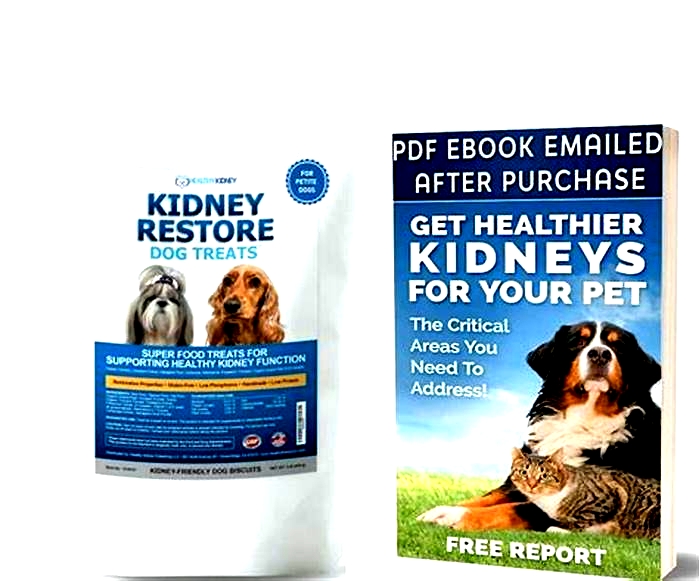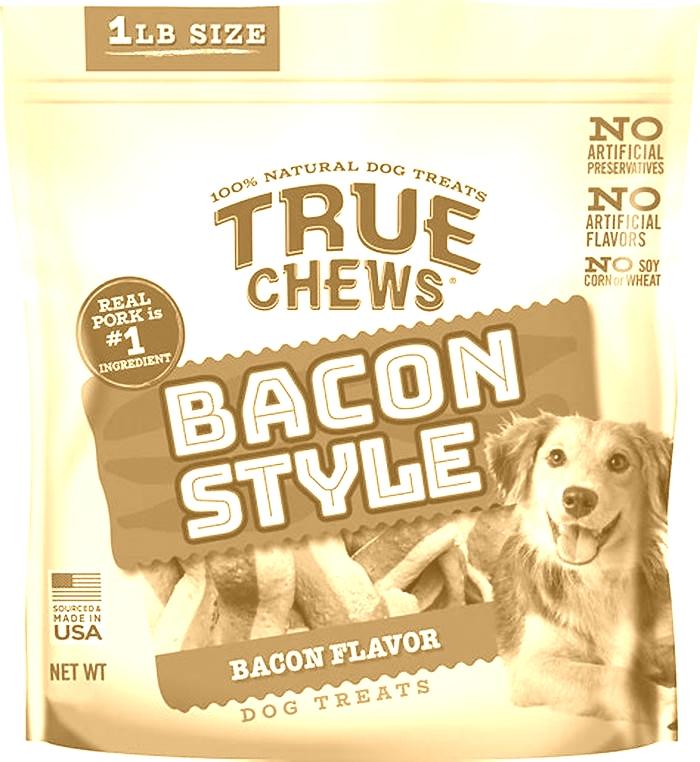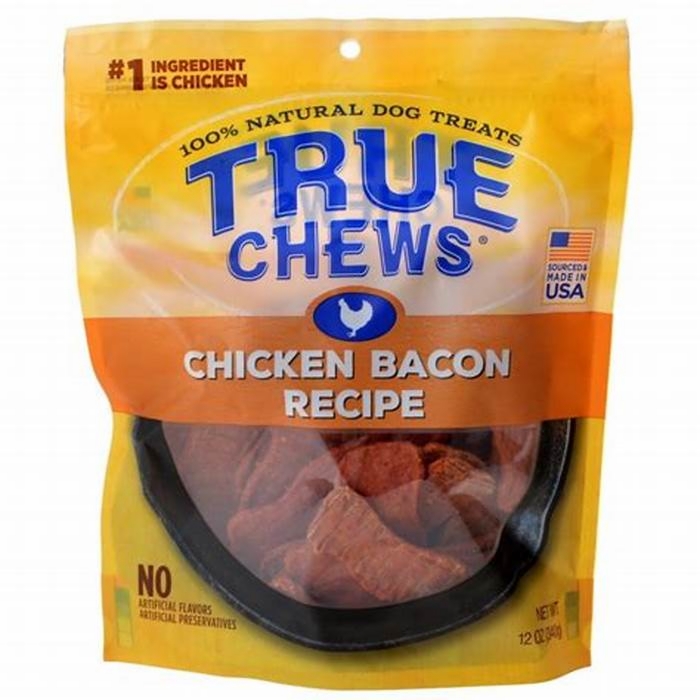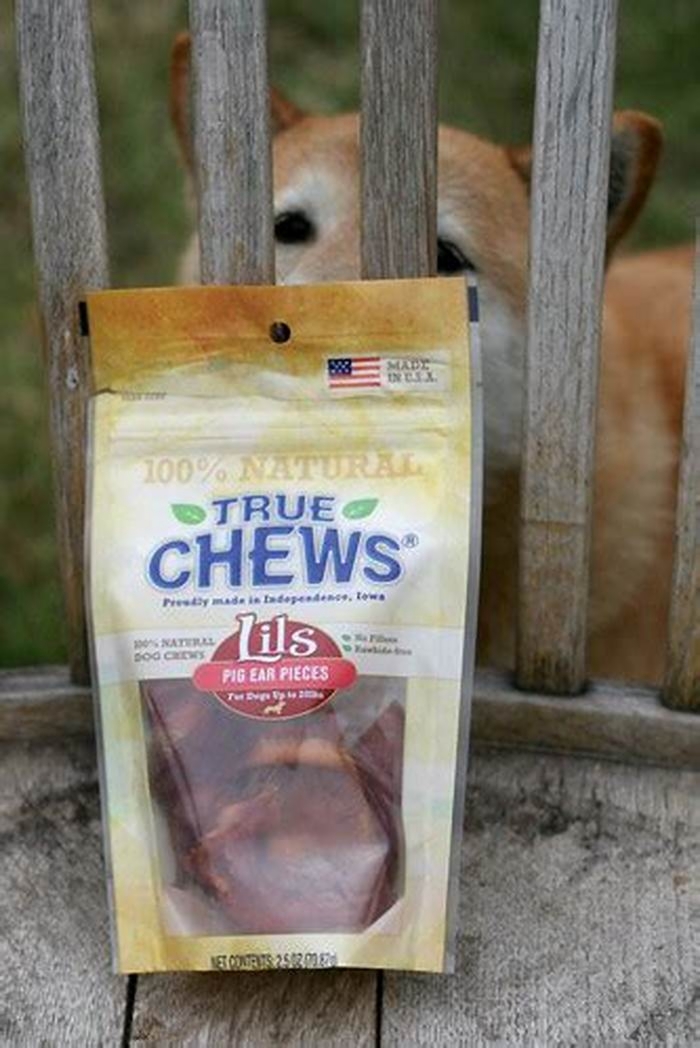kidney failure dog treats
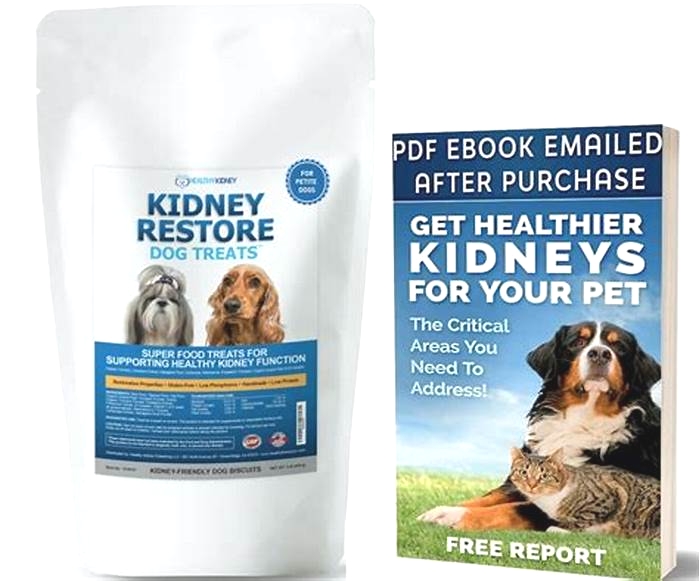
What Treats Can I Give My Dog With Kidney Disease?
The discussion about diet changes can be overwhelming when your pet is diagnosed with chronic kidney disease. Switching from a diet you may have been feeding for years to a veterinary therapeutic diet is often easier than most pet owners think. Consistently feeding your pet a therapeutic diet for kidney disease can help him to live longer and feel better and you can still have some creativity/flexibility through treats.
Therapeutic diets that are designed for kidney disease have lower amounts of certain nutrients than over-the-counter diets. The most important of these is phosphorus. Other nutrients of importance are sodium, protein, and omega-3 fatty acids. When choosing treat options, we look for similar nutrient profiles. This means choosing treats that are not too high in phosphorus, salt, and protein.
Before changing any feeding strategy, it is important to ask yourself some important questions.
- Have I already transitioned over to a therapeutic diet?
If you are planning to start introducing new treat options, it is best to wait until after you have successfully transitioned your pet over to the therapeutic diet of choice to avoid any conflicts with the transition process.
- How many treats can my pet have each day?
The golden rule is that treats should not comprise more than 10% of the total calorie (kcal) requirement of your pet per day. This comes into play if you prefer to give one very high calorie treat versus several lower calorie treats a day. If you dont know your pets daily calorie needs, ask your veterinarian for help with the calculation.
- Are there special treats made just for pets with kidney disease?
Commercial options unfortunately often change, so there arent specific brands or products that we can recommend without calling to check the latest nutrient content. However, some of the companies that make therapeutic diets also make treats specially designed to be fed to pets with kidney disease that you can ask your veterinarian about.
- If I wanted to check on a specific treat, how would I know what to look for?
Calorie content for commercial treats should be easily obtained from the label, however phosphorus level is not something that you will likely find on the bag. You can call the treat company in order to get this information. For human foods, phosphorus and calorie content can be obtained from the USDA Food Composition Database (https://ndb.nal.usda.gov/ndb/). Treat options should be less than 150 mg phosphorus per 100 kcal and 100 mg sodium per 100 kcal for most chronic kidney disease patients (check with your vet to find out what your pet needs in addition to avoiding high protein).
- What are safe fresh foods I can give?
Another option for treats that many owners find their pets love are some fruit and vegetable options for low phosphorus treats for dogs (and some cats):
| Watermelon | Green beans | Zucchini |
| Apples | Baby carrots | Blueberries |
| Bananas | Broccoli | Carrots |
Other tips:
- Avoid foods notoriously high in phosphorus and protein: most meats, jerky treats, bully sticks, rawhides, pig ears, antlers and real bones.
- To stimulate dogs appetites, you can add sweet items like maple syrup or honey make sure to incorporate these calories into treat allowances.
- Always remember to avoid chocolate, grapes, raisins, avocado, garlic, and onions.
- If your pet has other medical conditions, additional dietary adjustments may be needed for treats. Be sure to talk to your veterinarian or a board-certified veterinary nutritionist who can help you create the most appropriate dietary plan for your pet.
Guest blog by veterinarian Dr. Megan Gibeley in conjunction with Dr. Deborah Linder.

Dr. Deborah Linder, a board-certified veterinary nutritionist, is the head of the Tufts Obesity Clinic for Animals and has had articles appear in Eating Well, the Boston Globe, AARP, SHAPE, and XM Sirius Radio Doctor Channel. She has spoken at national and international conferences and a Capitol Hillbriefing, and is an expert in pet obesity, nutrition communication, and in the human-animal bond.
Want to read more information on feeding your pet?
Subscribe to always know when we add new material!
Recommended Posts

January 18, 2024

December 08, 2023
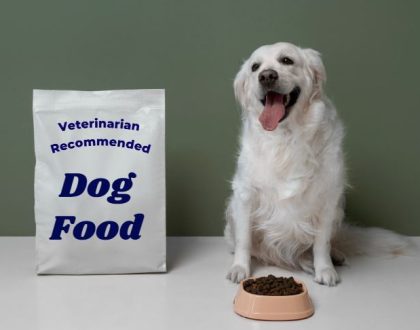
November 05, 2023
Kidney-Friendly Homemade Dog Treats: Easy Recipes
Discover natural homemade treats for dogs with kidney disease. Nourishing and delicious options for your furry friend's health.
Understanding Kidney Disease in Dogs
Homemade treats for dogs with kidney disease are crucial for their overall health. Ive researched the causes, symptoms, and treatment options for kidney disease in dogs, and its important to understand the dietary considerations for these pets. By creating homemade treats with the right ingredients, pet owners can provide their dogs with kidney disease the nutrition they need while still giving them a tasty reward.
Homemade Treats for Dogs with Kidney Disease
Discover delicious and kidney-friendly homemade treats that will keep your pup happy and healthy.
Compelling reason to read the rest of the article: Learn how to provide your furry friend with tasty and nutritious treats that are safe for their kidney condition, ensuring they can still enjoy special snacks while managing their health.
Importance of Homemade Treats for Dogs with Kidney Disease
When it comes to caring for a dog with kidney disease, dietary considerations play a crucial role in managing their condition. One aspect of their diet that often gets overlooked is the type of treats they consume. Homemade treats for dogs with kidney disease can be a beneficial addition to their diet, providing both nutritional and health benefits.
Dietary Considerations for Dogs with Kidney Disease
Its essential to be mindful of the ingredients and nutritional content of the treats given to dogs with kidney disease. Homemade treats allow for greater control over the ingredients, ensuring that they align with the specific dietary needs of the dog.
Benefits of Homemade Treats over Commercial Treats
Homemade treats offer several advantages over commercial treats for dogs with kidney disease, including:
- Control over ingredients and nutritional content
- Avoidance of potentially harmful additives and preservatives
- Customization to meet the dogs specific dietary requirements
Nutritional Requirements for Dogs with Kidney Disease
Dogs with kidney disease have unique nutritional needs, including reduced phosphorus, high-quality protein, and low sodium. Homemade treats can be tailored to meet these requirements, promoting overall health and well-being.
Risks of Feeding Inappropriate Treats to Dogs with Kidney Disease
Feeding inappropriate treats to dogs with kidney disease can exacerbate their condition and lead to further health complications. Its crucial to be aware of the potential risks associated with commercial treats and to opt for homemade alternatives that support their specific dietary needs.
By incorporating homemade treats for dogs with kidney disease, naturally, into their diet, pet owners can play a proactive role in managing their pets health and well-being. With careful consideration of ingredients and nutritional requirements, homemade treats can serve as a valuable addition to a comprehensive treatment plan for dogs with kidney disease.
Creating Homemade Treats for Dogs with Kidney Disease
When it comes to creating homemade treats for dogs with kidney disease, its important to be mindful of the ingredients you use. Here are some key points to consider:
Ingredients to Avoid
Some ingredients can be harmful to dogs with kidney disease, so its important to steer clear of:
- High phosphorus ingredients
- High sodium ingredients
- Grains
Recommended Ingredients for Homemade Treats
Instead, opt for ingredients that are kidney-friendly, such as:
- Low phosphorus options
- High-quality proteins
- Low sodium alternatives
Recipes for Homemade Treats
Here are some recipes for homemade treats that are suitable for dogs with kidney disease:
- Low phosphorus treats
- High-quality protein treats
- Low sodium treats
- Grain-free treats
- Treats with added supplements for kidney support
By using these recommended ingredients and recipes, you can ensure that the homemade treats you give your dog are not only delicious but also supportive of their kidney health.
Feeding Guidelines for Homemade Treats
When it comes to feeding homemade treats to dogs with kidney disease, its important to follow specific guidelines to ensure their health and well-being.
Portion Control
Its crucial to control the portion size of homemade treats for dogs with kidney disease. Overfeeding can lead to an increase in phosphorus and protein levels, which can put additional strain on the kidneys.
Frequency of Treats
Limit the frequency of homemade treats to avoid overloading your dogs system with unnecessary nutrients. Moderation is key to maintaining a balanced diet for dogs with kidney disease.
Monitoring Your Dogs Response
Observe how your dog responds to the homemade treats. Look out for any changes in behavior, appetite, or overall well-being. If you notice any negative effects, it may be necessary to adjust the treat recipes or eliminate certain ingredients.
Consulting with a Veterinarian
Always consult with a veterinarian or veterinary nutritionist before introducing homemade treats into your dogs diet. They can provide personalized recommendations based on your dogs specific condition and dietary needs.
By following these feeding guidelines, you can ensure that your dog with kidney disease receives the appropriate nutrition from homemade treats while minimizing any potential risks.
Other Considerations for Dogs with Kidney Disease
When caring for a dog with kidney disease, there are several other important factors to consider in addition to their diet and homemade treats. These considerations can play a crucial role in managing their overall health and well-being.
A. Hydration Tips
- Ensure your dog has access to fresh, clean water at all times.
- Consider adding water to their food or offering ice cubes as a hydrating treat.
- Monitor their water intake and consult with your veterinarian if you have concerns about dehydration.
B. Exercise and Activity Recommendations
- Engage your dog in gentle, low-impact exercise to maintain their muscle mass and overall health.
- Avoid strenuous activities that could put additional strain on their kidneys.
- Consult with your veterinarian to develop an appropriate exercise plan for your dogs specific needs.
C. Managing Other Health Conditions Alongside Kidney Disease
- Keep track of any other health issues your dog may have, such as arthritis or dental problems.
- Work with your veterinarian to address these conditions in a way that supports your dogs kidney health.
- Coordinate their overall care to ensure that all aspects of their health are being managed effectively.
D. Monitoring and Adjusting Homemade Treat Recipes as Needed
- Regularly assess your dogs response to the homemade treats, including any changes in their kidney function or overall well-being.
- Be prepared to modify the recipes based on your dogs individual needs and any guidance from your veterinarian.
- Stay informed about the latest research and recommendations for homemade treats for dogs with kidney disease, naturally, to ensure that you are providing the best possible care for your furry friend.
Conclusion
Homemade treats for dogs with kidney disease are an essential part of their overall care and well-being. By understanding the dietary considerations and nutritional requirements for dogs with kidney disease, pet owners can create homemade treats that are tailored to their specific needs. It is important to prioritize the health of our furry friends and provide them with treats that support their kidney function.
Final Tips for Creating and Feeding Homemade Treats
- Consult with a veterinarian or veterinary nutritionist to ensure that the homemade treats are appropriate for your dogs condition.
- Monitor your dogs response to the homemade treats and make adjustments as needed.
- Consider incorporating ingredients such as low phosphorus, high-quality protein, and added supplements for kidney support.
- Follow feeding guidelines, including portion control and frequency of treats, to maintain a balanced diet for your dog.
Encouragement for Pet Owners
As pet owners, it is our responsibility to prioritize the health and well-being of our dogs, especially when they are dealing with kidney disease. By taking the time to create homemade treats that are naturally tailored to their condition, we can show our love and care for them in a meaningful way. With proper attention to their diet and overall care, we can help our furry companions live their best lives despite their health challenges.
References
For further reading and research on homemade treats for dogs with kidney disease, consider the following credible sources:
A. Credible sources
- Veterinary Information Network (VIN)
- American Kennel Club (AKC)
- Association for Pet Obesity Prevention (APOP)
- World Small Animal Veterinary Association (WSAVA)
B. Reputable organizations and resources
- The American College of Veterinary Nutrition (ACVN)
- The Pet Nutrition Alliance (PNA)
- The International Renal Interest Society (IRIS)
- The National Kidney Foundation (NKF)
Kidney Disease in Dogs: Signs, Symptoms, and Treatment
Your dogs kidneys are essential organs that filter waste products from the bloodstream. When the kidneys are weakened, either by acute or chronic kidney disease, your dogs health could suffer. Because kidney disease progresses over time, its important to learn the common symptoms so tha you can recognize them. If you catch kidney disease in dogs early on, treatment can slow down the progression and allow your dog to live longer.
What Is Kidney Disease in Dogs?
Kidney disease in dogs is sometimes called renal or kidney insufficiency because it occurs when a dogs kidneys stop doing their job as efficiently as they should. The main job of the kidneys is to help clear and excrete waste products from the blood and convert them to urine, says Dr. Jerry Klein, Chief Veterinary Officer for the AKC. If the kidneys are not working properly, these waste products can build up in the blood, causing detrimental effects.
Dogs can get either acute kidney disease, which develops suddenly, or chronic kidney disease (CKD), which develops slowly and worsens over an extended period. Both involve loss of kidney function, but they result from different circumstances. Acute kidney disease is a sudden attack or injury to the kidney, whereas chronic kidney disease is a slow, degenerative loss of kidney function, Dr. Klein explains.
What Causes Kidney Disease in Dogs?
Dr. Klein warns that kidney disease could be caused by a lot of things, including infection (such as with the bacteria that causes leptospirosis), trauma, genetics, drugs, toxins, cancer, mechanical obstructions (like kidney stones), and degenerative diseases (where the job and form of the affected body part get worse over time). Anything that decreases blood flow to the kidneys, such as dehydration or heatstroke, can cause the kidneys to fail.
Acute kidney disease in dogs can be caused by exposure to hazardous materials, including toxic plants such as lilies, certain drugs, harmful foods such as grapes or raisins, or antifreeze. Puppy-proofing your home and yard can keep your dog away from potentially harmful items or foods that could be toxic.
Chronic kidney disease in dogs is also associated with growing older. Because kidney tissue cant regenerate once its damaged, the kidneys can wear out over time. As small-breed dogs often live longer than large-breed dogs, they tend to show early signs of kidney disease at an older age10 years old or more, compared to as young as 7 for the large breeds.
What Are the Symptoms of Kidney Disease in Dogs?
The earliest signs of kidney disease in dogs are increased urination and therefore increased thirst. Other symptoms dont usually become apparent until about two-thirds of the kidney tissue is destroyed. So, in the case of CKD, the damage may have begun months or even years before the owner notices. Because of this, its common for the signs of kidney disease in dogs to seem like they came out of the blue when in fact, the kidneys have been struggling for a long time.
Other signs of chronic kidney disease in dogs to watch for include:
Dr. Klein says there are some rarer symptoms of kidney disease in dogs to be aware of, as well. On occasion, there can be abdominal painurinary obstructions or stonesand in certain instances, one can see ulcers in the oral or gastric cavity. In extreme cases, little or no urine is produced at all.
What Are the Stages of Chronic Kidney Disease in Dogs?
Kidney disease in dogs is measured in stages. Many veterinarians use the IRIS scale, which has four stages. Blood work measurements like creatinine and SDMA (biomarkers for kidney function) allow your vet to assign your dog to a particular stage which will determine the exact treatment.
Dr. Klein explains, The stages determine how well the kidneys can filter waste and extra fluid from the blood. As the stages go up, the kidney function worsens. In the early stages of CKD, the kidneys are still able to filter out waste from the blood. In the latter stages, the kidneys must work harder to filter the blood and in late stages may stop working altogether.
How Is Kidney Disease in Dogs Treated?
Dialysis (a medical procedure that removes waste products and extra fluid from the blood) is far more common in humans than in dogs, although peritoneal (kidney) dialysis can be performed in some cases. On rare occasions, surgical kidney transplant is possible in dogs.
But Dr. Klein specifies that depending on the type and stage of kidney disease, the main treatments for CKD are diet changes and administration of fluids, either directly into the veins (intravenous) or under the skin (subcutaneous). The balancing and correction of electrolytes are extremely important in the management of kidney patients, he explains.
Proper nutrition is needed, and there are many available diets formulated for cats and dogs with kidney issues, some by prescription only. Your veterinarian can help guide you to the most appropriate diet for your pet.
Because kidney disease, particularly in the late stages, can cause a dog to lose their appetite, it can be difficult to encourage your dog to eat enough. Dr. Klein advises, There are medications used as appetite stimulators available, such as the prescription drug mirtazapine. Capromorelin has recently been FDA-approved for dogs to address appetite in chronic kidney disease.
When Do You Need to Call Your Vet?
The prognosis and expected life span for a dog with kidney disease depend on the type of disease, the speed of progression, and underlying conditions present in the dog. However, the more serious the disease, the poorer the outcome. Thats why its so crucial to catch the illness early on.
According to Dr. Klein, In chronic kidney disease, there are methods, such as diets and medications, that can be used to lessen the burden of work the kidneys need to do and may help slow down the progression from one stage to the next. In acute kidney disease, there is less time and fewer choices available to prevent further damage to the kidneys and to try to jump-start the kidneys to get them to function normally.
Regular veterinary exams, including bloodwork, are an excellent way to spot kidney problems before the outward symptoms become apparent. And if you notice any of the above signs, dont hesitate to get your dog to the vet for further testing. It can make a huge difference in preserving kidney function and your dogs well-being for as long as possible.

